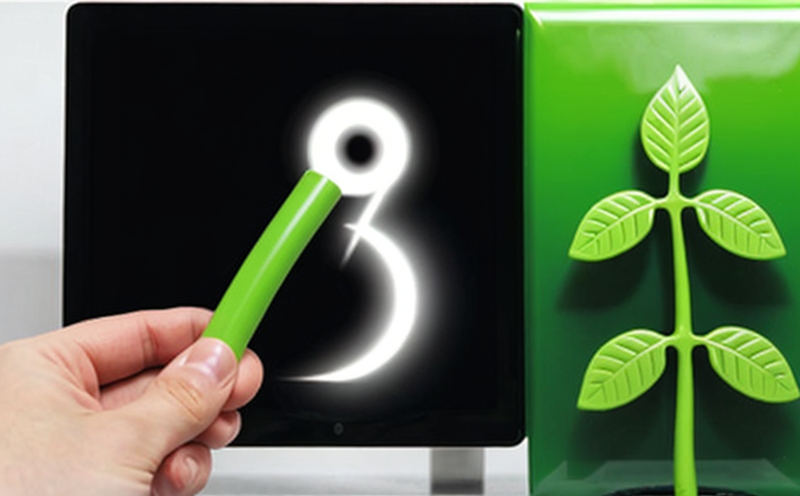ISO 52016 Building Energy Simulation
The ISO 52016 standard provides a framework for building energy simulation that supports accurate and reliable assessment of a building's energy performance. This service is crucial for architects, engineers, and building owners seeking to optimize the design and operation of their structures in line with sustainability goals.
Building energy simulation involves creating detailed models of a structure’s thermal behavior, air flow, and other factors that affect its overall energy consumption. The process begins by gathering comprehensive data on the building's construction materials, layout, orientation, and intended use. This information is then fed into sophisticated software tools that simulate the building under various environmental conditions.
ISO 52016 introduces a series of procedures to ensure consistency in how these simulations are conducted across different regions and countries. It covers aspects such as model inputs, simulation methods, validation processes, and reporting formats. By adhering to this standard, stakeholders can have confidence that the energy performance assessments they receive are accurate and comparable internationally.
The first step in an ISO 52016 compliant energy simulation is thorough data collection. This includes site-specific climate data, building geometry, construction details, and occupancy schedules. Once collected, this information is used to develop a detailed digital twin of the structure. The next phase involves selecting appropriate simulation tools that meet the requirements outlined in ISO 52016.
A key aspect of ISO 52016 compliant simulations is ensuring that all inputs are validated against real-world data where possible. This helps to minimize discrepancies between predicted and actual energy consumption, thereby enhancing the reliability of the results. Validation can be achieved through a variety of means including historical utility bills, direct meter readings, or third-party verification.
Once validated, the simulation model undergoes rigorous testing using standardized procedures defined in ISO 52016. These tests assess the accuracy and robustness of the model outputs under different scenarios such as varying weather conditions, occupancy patterns, and operational modes. The results are then reported according to the guidelines provided by the standard.
The final report generated from an ISO 52016 compliant simulation provides valuable insights into a building’s energy efficiency potential. It typically includes detailed metrics on primary energy demand (PED), space heating and cooling loads, lighting requirements, and more. These data points can be used to identify areas where improvements could lead to significant reductions in operational costs while simultaneously reducing the environmental impact of the structure.
In summary, ISO 52016 building energy simulation offers a robust methodology for evaluating a building’s energy performance. By following this internationally recognized standard, stakeholders can gain confidence that their assessments are accurate and comparable across borders. This not only facilitates better decision-making during design phases but also supports ongoing efforts towards achieving more sustainable built environments.
Applied Standards
The ISO 52016 series of standards is designed to provide a comprehensive framework for conducting building energy simulations in compliance with international best practices. Key components include:
- ISO 52016-1: General principles and vocabulary.
- ISO 52016-2: Model inputs and validation procedures.
- ISO 52016-3: Simulation methods and software requirements.
- ISO 52016-4: Reporting guidelines.
The standards emphasize the importance of accurate data collection, validation, and reporting to ensure consistent and reliable results. They also address issues related to climate change mitigation by promoting more efficient use of resources within the built environment.
Benefits
Adopting ISO 52016 building energy simulation offers numerous benefits for various stakeholders involved in the design, construction, and operation of buildings:
- Enhanced accuracy: By adhering to internationally recognized standards, simulations become more precise and reliable.
- Cost savings: Identifying opportunities to reduce energy consumption leads directly to lower operational expenses.
- Sustainability improvements: Optimizing a building's energy performance contributes significantly to reducing carbon footprints.
- Regulatory compliance: Many jurisdictions have begun requiring proof of energy efficiency as part of construction regulations.
- Better decision-making: Accurate simulations help architects and engineers make informed choices about materials, systems, and configurations.
- Increased market value: Green buildings often command higher prices due to their long-term cost savings and environmental credentials.
In addition, ISO 52016 compliant simulations enable seamless integration with other sustainability initiatives such as LEED certification or BREEAM compliance. This holistic approach ensures that every aspect of a building's lifecycle—from initial design through to decommissioning—aligns with broader sustainability objectives.
International Acceptance and Recognition
The ISO 52016 series has gained widespread acceptance across numerous countries, including:
- Australia (AS/NZS)
- New Zealand (AS/NZS)
- United States (ANSI/ASHRAE)
- Canada (CSA Z487.2-15)
- Europe (CEN EN 16032)
This broad international recognition ensures that the results of ISO 52016 compliant simulations are valid and comparable globally, fostering collaboration between professionals across different regions.





